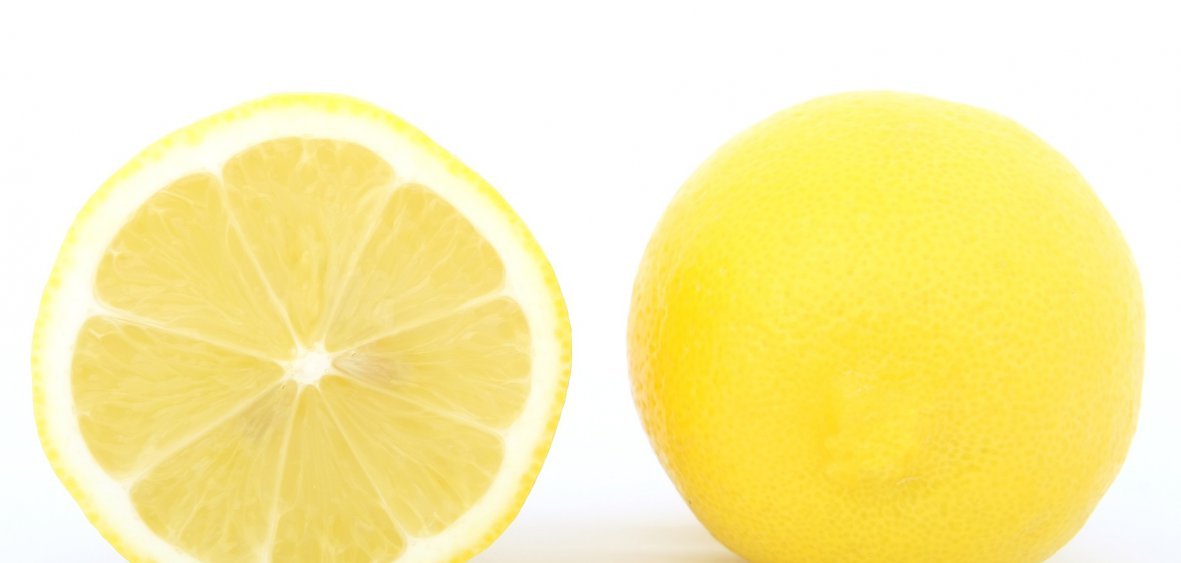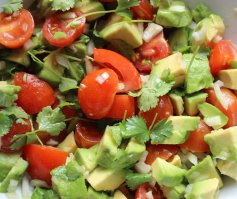 Liposomal vitamin C has been on the market since 2004. It is advisable to use it when it is impossible to take ordinary vitamin C in the doses necessary to cure.
Liposomal vitamin C has been on the market since 2004. It is advisable to use it when it is impossible to take ordinary vitamin C in the doses necessary to cure.
Why was the liposomal form of vitamin C introduced?
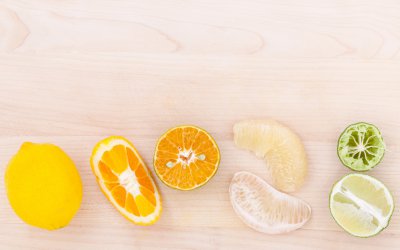 Vitamin C takes part in restoring the body to health in case of infections and other diseases. However, the possibility of its dosing is naturally limited due to intestinal disorders caused by taking more L-ascorbic acid. The assimilability of the vitamin increases with the reduction of a single portion, in other words, the less we take it at once, the more our body will benefit from it. Increased doses of acid also cause problems in the form of gases, bullying in the digestive tract, and ultimately lead to diarrhea.
Vitamin C takes part in restoring the body to health in case of infections and other diseases. However, the possibility of its dosing is naturally limited due to intestinal disorders caused by taking more L-ascorbic acid. The assimilability of the vitamin increases with the reduction of a single portion, in other words, the less we take it at once, the more our body will benefit from it. Increased doses of acid also cause problems in the form of gases, bullying in the digestive tract, and ultimately lead to diarrhea.
Liposomal vitamin C is the answer to the needs of those people who need to absorb such increased amounts. The molecules of L-ascorbic acid are placed here in a phospholipid envelope, which increases its absorption by the body. The intestines are not so sensitive to it, and almost the entire portion delivered is taken through the bloodstream.
What is the demand for vitamin C?
A healthy person, under normal conditions, can take 4 to 15 grams of this substance, but it is important that this is done in small doses (4 - 6 times a day). The grammage can change in a state of increased stress or increased physical activity. The daily ration of L-ascorbic acid then varies from 15 to 25 grams.
In case of slight colds, the body's need for vitamin C is 30 - 60 grams, divided into 6 - 10 smaller doses. More serious colds should be combated by assimilating a minimum of 100 grams of vitamin per day, in 8-15 doses.
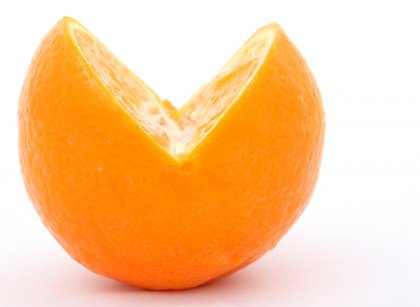
Influenza increases demand to 150 grams per day. The number of doses also needs to be adjusted, ranging from 8 to 20 smaller portions per day.
Even more L-ascorbic acid is taken up by patients with viral pneumonia and mononucleosis (about 200 grams in 12-25 smaller doses a day).
A wide range of vitamin C requirements exists for bacterial infections. In these cases, the demand may range from 30 to 200 grams of substance per day. Doses are divided according to the amount of vitamin necessary to saturate the body.
Doses exceeding 200 grams per day are huge doses of vitamin C. They are accepted by cancer and AIDS patients. Taking such amounts of L-ascorbic acid is impossible due to the natural defence of the body against overdose (diarrhea). It is administered intravenously or intramuscularly to patients, in the form of sodium ascorbate.
The above vitamin C requirements are adapted to people of average age. Elderly people have a reduced tolerance to the amount of the substance they take, which is why parenteral administration is used more frequently, as is the case with cancer and AIDS.
This intricate route can be omitted if the liposomal form of vitamin C is used. Its assimilability is the same as in the case of parenteral administration and is about 90%.
How do I get liposomal vitamin C by the homemade way?
The ingredients needed to prepare it are:
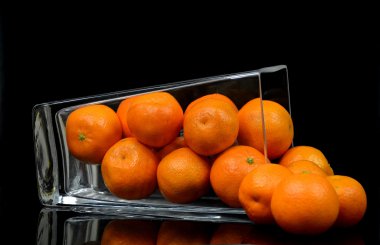 1 flat tablespoon of L-ascorbic acid powder,
1 flat tablespoon of L-ascorbic acid powder,- Demineralised or ordinary filtered water - 240 ml + 120 ml,
- 3 flat tablespoons of sunflower or soya lecithin powder or granules,
- plastic straw or wooden mixing spoon,
- kitchen scales (preferably electronic) for measuring the ingredients,
- ultrasonic bath (most commonly used for cleaning jewelry) with a minimum efficiency of 38 Khz (38,000 vibrations per second). Its interior should be made of stainless steel,
- blender or tightly closed glass jar.
The water should be heated so that it is lukewarm.
Dissolve lecithin in 240 ml of lukewarm water. After adding it to the water, you have to wait about half an hour, this way it is easier to dissolve it. A uniform liquid is obtained by mixing the contents with a blender or placing the liquid in a closed jar and shaking it vigorously.
Dissolve vitamin C in 120 ml of water.
Pour both fluids into an ultrasonic bath and mix. The device should operate for 20 to 30 minutes. Stir the liquid all the time with straw or a wooden spoon. During mixing, the foam will gradually disappear and the liquid will become uniform and creamy.
Pour the liquid out of the bathtub and pour it through the funnel into a screwed-up bottle. The concoction can be stored in the fridge for up to a week, at room temperature for about 3-4 days.
Liposomal vitamin C prepared in such a way has worse parameters than the commercially available one, but its advantage is its low price.
What is the difference between the two products?
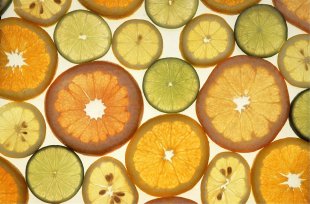 Homemade liquid contains a certain amount of vitamin C molecules, which remains without phospholipid envelope. If you want to check how many such particles are in our liquid, pour about half a glass of liquid into a separate vessel and add to it a solution of purified soda (2 tablespoons or about 30 ml of water and 1/4 teaspoon of soda). During the reaction of two liquids a foam is formed. It is permissible for the foam to have a height of up to approx. 1 cm. If higher, repeat the ultrasonic bath.
Homemade liquid contains a certain amount of vitamin C molecules, which remains without phospholipid envelope. If you want to check how many such particles are in our liquid, pour about half a glass of liquid into a separate vessel and add to it a solution of purified soda (2 tablespoons or about 30 ml of water and 1/4 teaspoon of soda). During the reaction of two liquids a foam is formed. It is permissible for the foam to have a height of up to approx. 1 cm. If higher, repeat the ultrasonic bath.
The experiment carried out to check the degree of vitamin C lollipomania does not cause a loss of fluid that we used to carry it out. The reaction of two liquids led to the formation of sodium ascorbate, a form of vitamin, which is well absorbed by the body. It can be consumed as well as the product of our work, created in the ultrasonic bath.
Adoption of liposomal vitamin C
Gourmets will not be delighted. The substance produced in an ultrasonic bath is a synthesis of the taste of yolk and acid. It is best to drink it with another (healthy) liquid, e.g. green tea or juice.
To provide your body with 1 gram of vitamin C, you should consume about 2 tablespoons of home-made fluid. It is best taken between meals or half an hour before a meal. By enriching your dishes with linseed, fruit and vegetables or green or herbal tea, you will provide your body with a large amount of bioflavonoids, which additionally facilitate the absorption of vitamin C.

